REMEMBERING
CURLY - by the editor

REMEMBERING
CURLY - by the editor
This week sees the 50th anniversary of the death of LBSC the man who turned model engineering from a rich man’s hobby into something for a back yard workshop. It is more than 100 years since a certain ’Lylia’ first wrote for the journal Models, Railways and Locomotives. That was almost certainly Lillian Lawrence, or LBSC to give him his later nom de plume, or Curly as he was known by his many friends.
No less a person than Henry Greenly, his first editor, wrote in February 1912 about the excellent article on building a small steam locomotive from an “enthusiastic amateur of the ‘make-as-much-as-you-can-yourself’ school.” Greenly later added: “He built model locomotives from the simplest materials and with the simplest tools in the early days of the present era - successful working models. His experiences are, therefore, worthy of every consideration by those whose model-making career is not so extensive.”
Greenly’s introduction could also have served for the epitaph of the man who was to go on to popularize model engineering for everyman in his shed. Greenly was referring to an article about how Curly developed a little 0-6-0 tank engine from the vertical geared engine with a single acting oscillating cylinder and spirit-fired ‘pot’ boiler shown below.
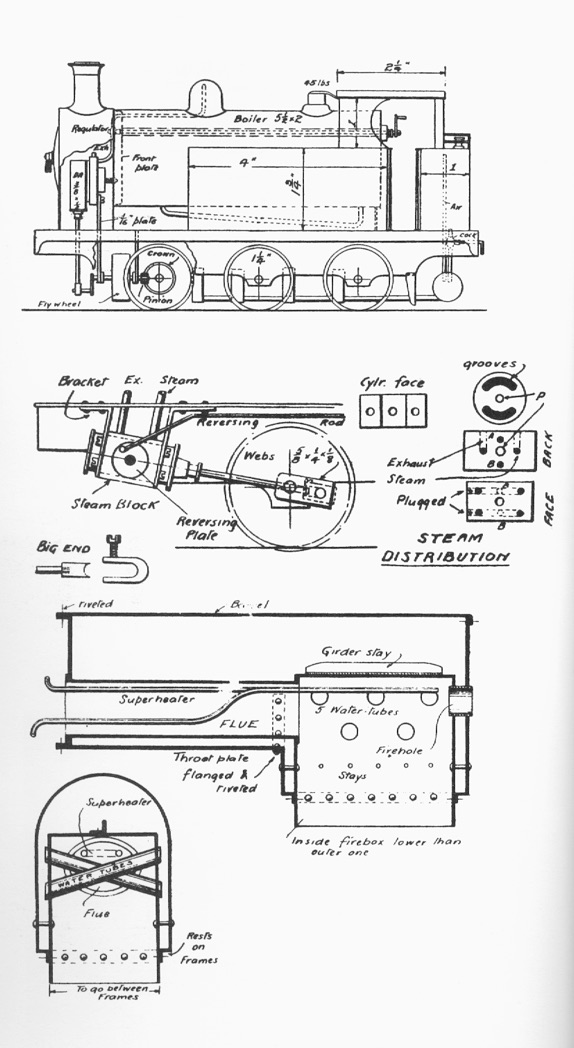
However, it was ten years later that his career as a model engineer teaching others how to build models took off, after the famous ‘battle of the boilers’. When Curly’s little coal-fired Ayesha was pitted against the large professionally built, Greenly designed, Challenger, weighing more than double Curly’s little coal-fired Atlantic, model engineering would change forever. It became the province of the amateur with a home workshop.

And it set off many years of instruction and inspiration for readers of Model Engineer magazine when in 1924 he wrote his first ‘Shop, shed and Road’ column. He also produced designs for English Mechanics, and for a while moved to the United States with his wife Mabel and Ayesha. His articles in Model Engineer, and elsewhere, explained just how it could be done, with extraordinary simplicity, clarity and humour. Over a 44-year period he went on to publish some 112 designs, working 16 hours a day, six days a week. He continued to write with his final article appearing just a month before his death at the age of 84.
That final article was in a series describing Mabel - an LNWR style 2-4-0, an attractive 3.5” gauge model named after his wife (tho he usually called her Scotty). It was his 112th design. That design came after he returned to the Model Engineer fold.

After a falling out with a new regime, and following a bizarre publishing decision he was forced to resign from his freelance work for Model Engineer in 1959. It took until 1966 for the magazine to realize that it could not do without him and he continued to write until his death on November 6 the following year.
Curly was undoubtedly one of life’s great characters. A man with a preference for women’s clothes (ironically, an early 20th century American actress called Lillian Lawrence played Hamlet) who could be acerbic with his writing, but personally charming and generous. He worked 16 hours a day, six days a week, much of the time answering readers’ correspondence. He was a rarity who wrote only to help others, rather than to show how clever he was.
Some of his own locos:
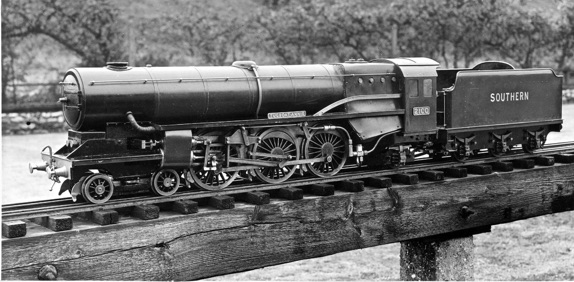
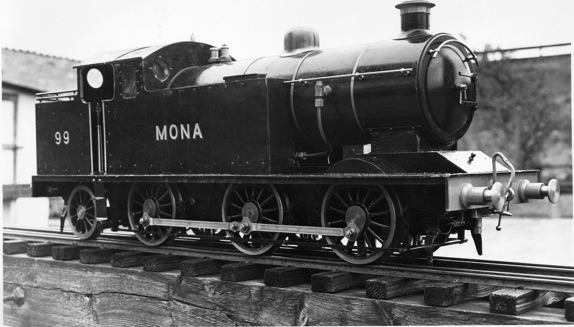
Below: Derby 4F Harriet and Annabel re-work project




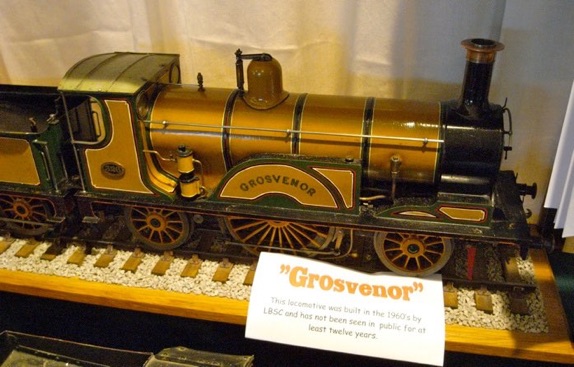
The story of LBSC’s Hielan Lassie design illustrates his modelling genius. He conducted a poll as to what readers would like to see as his next project. Clear winner was an LNER Pacific. He set about scaling drawings down to 3.5” gauge to produce a “real snorter!”
As he started work on the project, Gresley’s design presented problems at that scale, especially three cylinders driving a single axle. However, at the time, Gresley’s successor, E Thompson, had rebuilt a loco as a Pacific with divided drive. Curly waited to see more developments, and sure enough next came a Green Arrow rebuilt as a 4-6-2 rather than 2-6-2 also with divided drive. “That settled it,” he explained. ”I knew what was going to happen, as surely as if Mr Thompson had called and told me about it.
“I scrapped my original plans for Hielan Lassie.”
He waited to see if a rebuilt A1 or A3 would appear.
When it did, it was almost identical to what Curly had drawn up, right down to the removal of splashers, high running board and outside exhaust pipes.
This model of the powerful 3.5” gauge LNER A1 Thompson rebuild is by Robin Howard
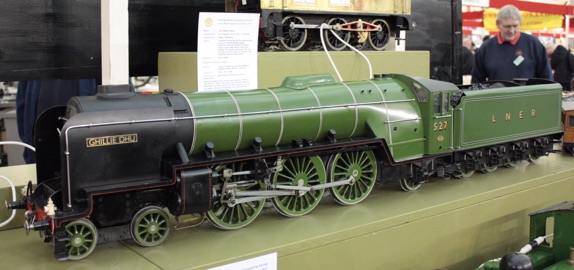
On February 1, 1950, the very day that the British Rail Britannia class was introduced, LBSC started his articles on building a 3.5” gauge version. This was possible because Curly got on well with Riddles, and he managed to get hold of works drawings for what was a ‘secret’ project. For his great scoop, the publishers of Model Engineer magazine awarded him double pay for this serial.
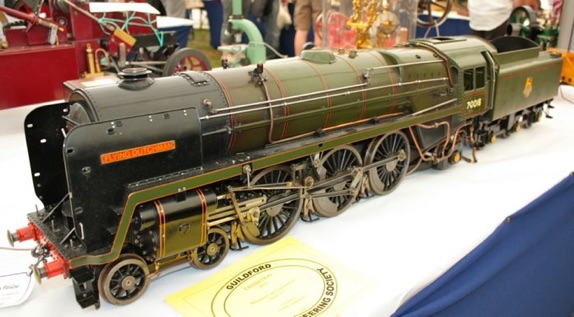
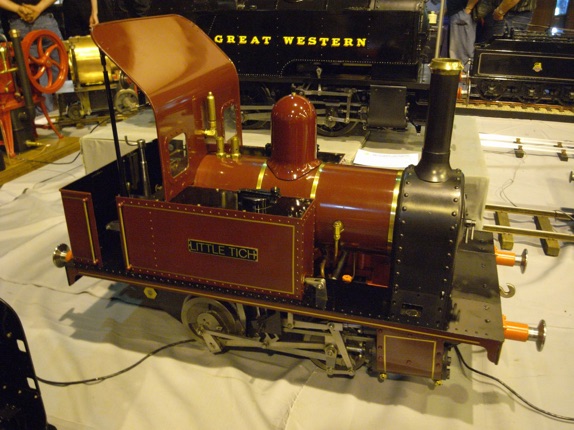
To mark the occasion we are including some examples of his designs built in the UK.


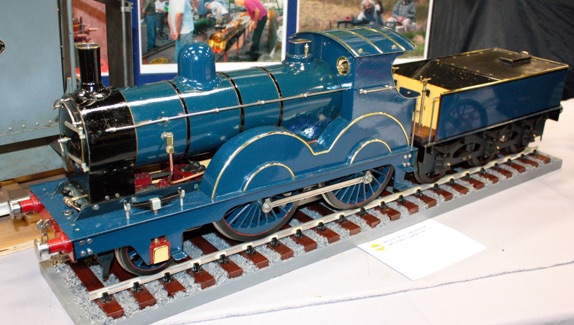
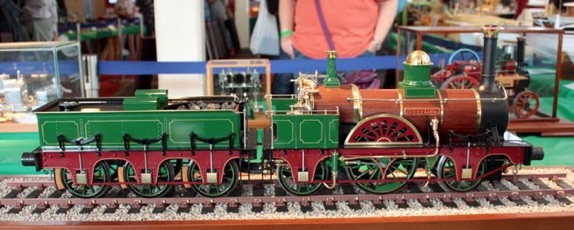

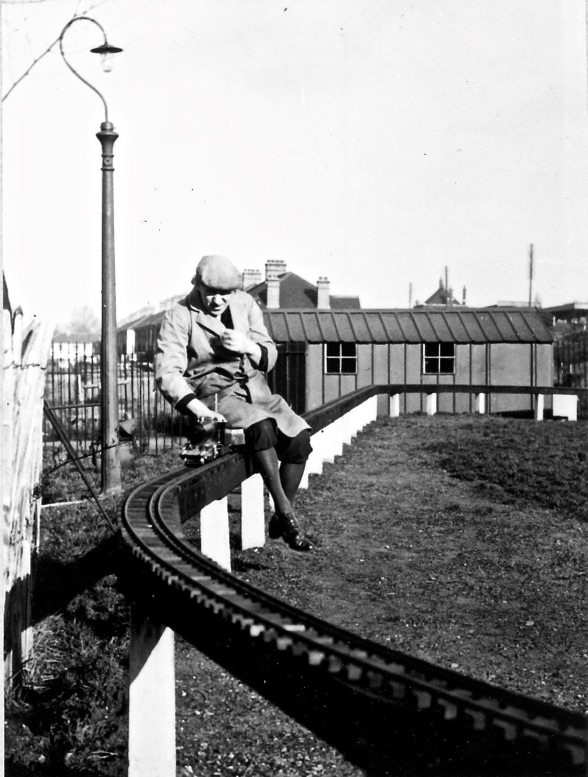
Curly at home on the Polar Route, built next to the LBSCR line opposite his house.
January 19th-21st